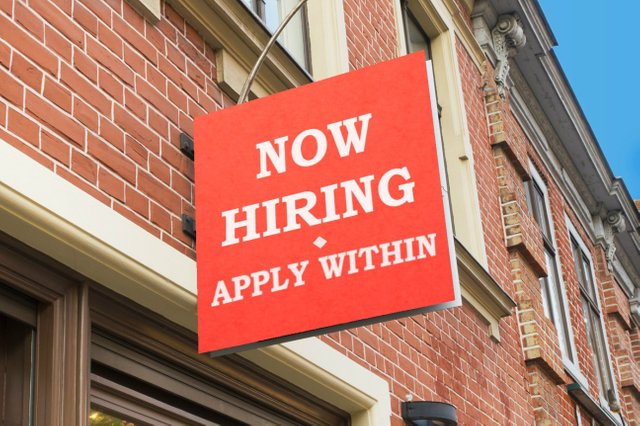Why Track Your Metrics?
If you’re a small and medium sized enterprise (SME), you’ve probably heard it from all angles about how important it is to measure your metrics, discover your data and analyse your analytics. It’s easy to say, but often harder to appreciate the real ‘why’ of spending time and money on this. After all, if your business is going well, why bother looking underneath the surface to find improvements? What if you find problems you aren’t yet ready to deal with?
Well imagine if you never had a health check, or never had your car serviced – while both run seemingly well on a daily basis, you might not discover an issue until it’s too late. It’s just the same principle with your business – even easier probably!
We love metrics at Blue Ocean Systems; in fact it’s probably fair to say we are more than a little crazy about them, especially the benefits and insights they can bring small businesses. We could go on forever about the importance of metrics, but we’ve narrowed it down to just three top reasons why SMEs need to start paying attention to their data before things go off track.
Customer metrics – because if not for them, then who?

At the end of the day, we all want to put a smile on our customers’ faces.
You know there’s a sale funnel; you know the aim of the game is to get as many people through the funnel as possible to create sales. But instead of the sales and marketing teams running blind, hoping for the best and following the same old tactics, what if you knew:
- Exactly where your customers are coming from (geographic locations, in-person leads, website sign ups)?
- Where they normally stop in the sales funnel and why (maybe you’re too expensive or don’t have enough credibility)?
- How much each customer cost your business to attract and retain (so you could redirect resources to the most profitable areas)?
- What your average customer lifetime value is (and why this is important)?
- How happy your customers are through a range of means including hashtags, surveys, online conversations, reviews and even product images?
With this information at hand you could much more easily direct the rest of the business in the most effective way.
The experience your customer receives, from start to finish, needs to be the number 1 priority – the best employees and a superior product will only mean anything if it matters to your customer. The important thing to remember with metrics is that it’s a never-ending review – what your customers enjoy and demand today could look drastically different a week, a month or a year from now.
Efficiency metrics – quality should be your major benchmark

Quality matters, whether you manufacture luxury watches or run a pizzeria!
Knowing your customers well enough is only worthwhile if you can then deliver the quality products and services they expect. Looking at your internal metrics, areas such as the ones below could help you to focus on the key deliverables for your business.
- How much time is spent on repeatable work that could be automated? This could be completing the same document over and over or an action in your warehouse that could be completed automatically and then checked manually.
- How effectively are your resources (people, machinery etc.) distributed and used? Are there any avoidable downtimes? * * Can an operations process be completed in a more effective manner?
- How do your delivery times stack up? Are they meeting customer needs? What bottlenecks are appearing and why?
- Predictability – can you ensure there no (or few) hidden surprises in your business? Can you track back over past data to predict and plan for future trends?
Like a well-oiled machine, leveraging metrics can help your business to know and focus on the areas that matter. Even long-running businesses using tried and tested operations processes can be pleasantly surprised at how much small (and seemingly insignificant) processes can be improved.
Human metrics – you need the best to be the best

Are you frequently hiring new people? Analyse your processes so that you don’t throw money away unnecessarily!
Now you know what your customers want and you know which processes need to be ship shape, but what if you don’t have the human resources i.e. employees to carry it all out?
Don’t worry if this part of the metrics puzzle hadn’t crossed your minds; you’re with 87% of other companies who don’t use analytics in their HR function either. [Conversely, analytics in other departments has already become much more the norm – 81% use them in finance, 77% in operations, 58% in sales and 56% in marketing...]
So how can the numbers game help in your HR function? Any SME will know that attracting, training and retaining good employees can be an all-consuming process, but few of them are probably able to assign an actual dollar or time amount to factors such as:
- How long it takes to fill a vacancy
- How much it costs to hire someone (not just a recruitment firm’s fees, but how long it takes to create job descriptions, conduct interviews and complete reference checks)
- How much it costs the business to have an important position vacant (imagine the inefficiencies in having no warehouse manager for a month!)
- How much it costs to train each employee
- How much each employee costs in their first month, 6 months, 12 months etc.
- Attrition rates and reasons for leaving
With a tightening labour market, it’s becoming even more important to have the right people in the right roles for as long as needed. Metrics can be a very useful tool to have in an SMEs arsenal when trying to beat the competition for customers as well as talent.
This story was based on a blog post published by me here.
Please review my other Small and Medium Enterprise (SME) related Steemit posts:
Customer Service Recovery – Sorry Seems to be the Hardest Word

Partition is bad. But whatever is past is past. We have only to look to the future.
- Mahatma Gandhi